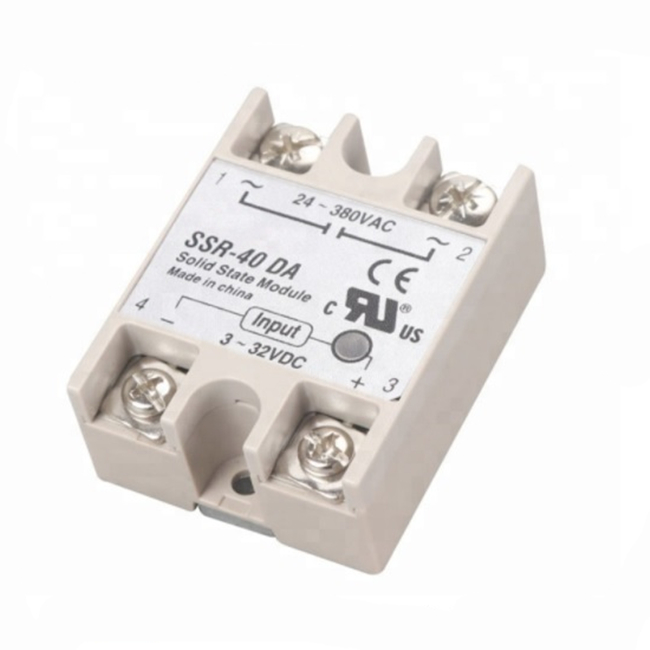 TOP Current Transformer Manufacturer- Since 1998
TOP Current Transformer Manufacturer- Since 1998 TOP Current Transformer Manufacturer- Since 1998
TOP Current Transformer Manufacturer- Since 1998


Solid state relays (SSR) turn on or off the power being supplied to other devices,
in a similar prevailing as a mechanical switch.
However, instead of being switched by human interaction like a physical switch,
SSRs are switched electronically. With SSRs, you can control highcurrent devices
such as lights or appliances with low current signals, like a standard DCsignal from
a Digital Output. Most SSRs will switch on with a voltage of 3V or higher.This makes
them perfect for use with Phidget Interface Kits, or any device with a digital output.
SSRs perform the same job as Mechanical Relays, but have the following advantages:
**SSRs produce less electromagnetic interference than mechanical relays during operation.
This is mostly due to the absence of a phenomenon called contact arcing only present in
mechanical relays, where the physical contacts of the relay tend to spark internally while switching.
The reduced interference can also be attributed to the fact that SSRs do not use electromagnets to switch.
**The switch contacts of a mechanical relay will eventually wear down from arcing.
An SSR will have a longer life because its internals are purely digital. Properly used,
they will last for millions of cycles.
**SSRs turn on and off faster than mechanical relays (≈1ms compared to ≈10ms).
**SSRs are less susceptible to physical vibrations than mechanical relays.
**Since the switch inside an SSR isn't a mechanical switch, it does not suffer from contact bounce
and operatessilently.
Features:
1. A bi-directional controlled silicon ouput, zero voltage open, zero current switching;
2. Between input circuit and output circuit have optical isolation;
3. Solation voltage between input and output is 2500V;
4. Output of the power metal-oxide field effect transistor is very low on-resistance;
5. Input signal compatible with TTL logic circuits;
6. Between input circuit and output circuit have Transformer isolation;
7. LED indicated the working state;
8. With security cover.
